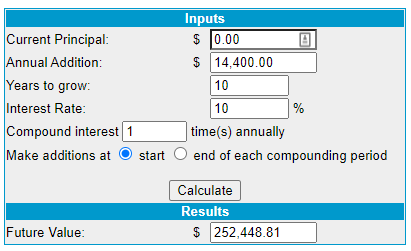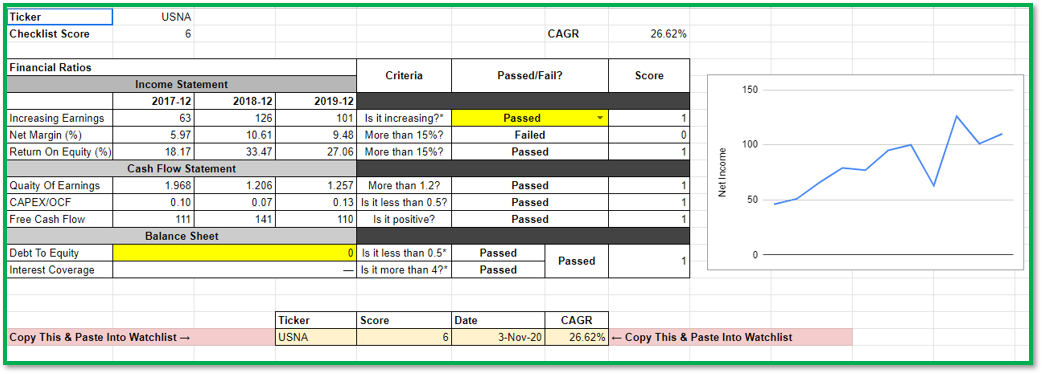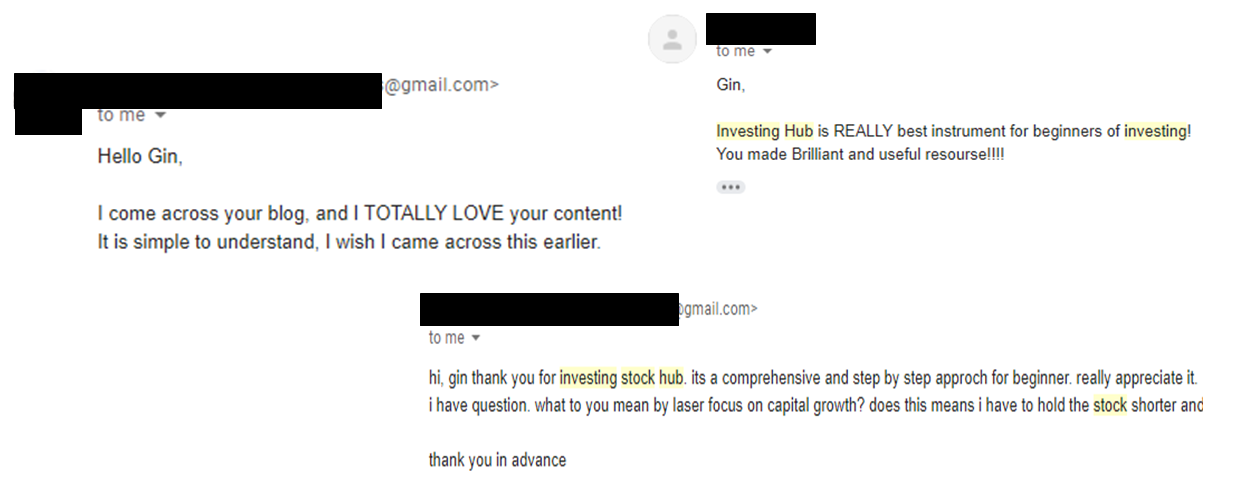Have you ever heard of your colleague who made great returns in the stock market, and it tempted you to invest in the stock market as well.
However, perhaps after a long day at work, the last thing you want to do is to look at the stock market.
In this blog post, I am going to share three strategies that are well suited for the busy 9-to-5s for a stress-free investing journey.
1. The Unfair Advantage Of A 9-to-5

One of the unfair advantage of a 9-to-5 is income stability.
It is possible to predict with much certainty what is the expected income next month.
As compared to a self-employed person, we may not always be able to predict what is our exact income next month (unless his/her business is already matured and built on strong foundation).
This income stability allows us to execute the following strategy: Pay Yourself First.
In fact, this is a strategy that I have been using for years.
This means that every time my pay check comes in, I will commit a certain percentage to my investment brokerage account.
The best part is that, this is done automatically using standing instructions to the bank.
Let's say I am making $3,000 a month, I will be committing $1,200 every month to my brokerage account, i.e. an annual contribution of $14,400.
Compounding this amount at 10% every year for 10 years, it will sum up to $252,448.81.

Compounding calculator from Moneychimp
10% is in fact a really conservative estimate.
The first reason is the historical returns of the S&P 500.

By the way, this is just the average return of the broad market index, also known as the S&P 500.
We can be more strict in our investing criteria, and to only invest in the best stocks in the index - making our returns better.
The second reason is this - practice makes progress.
Let me ask you this - do you think someone who has been investing for 10 years will do better than someone who just started investing? In terms of returns, emotional stability, portfolio management, etc.
That's right - as you learn more about investing, you will get much better at investing.
Of course, you will need to constantly reflect upon your investing mistakes and figure out ways to avoid making these mistakes.
This is why I designed the Stock Investing Hub, and I will constantly update it as I learn new things, so that my readers don't have to go through the same mistakes that I have made in the past.
However, what makes the Stock Investing Hub powerful is the detailed processes that is documented throughout my investing journey in an organized manner.
That is the second strategy - design processes.

The Stock Investing Hub
Never get lost in your investments again.
2. Design Processes

In a workplace, we have these documents called SOPs - standard operating procedures.
Have you ever thought why companies designed SOPs for?
Well, besides for auditing purposes, it also allows their employees to be able to produce the same quality of results, as long as they followed the SOPs.
These are called work processes.
This means that even if the company were to hire someone new - they could just get them to follow the SOP, and this employee will be able to contribute to the company as quickly as possible.
The same thing when it comes to investing.
The whole concept of investing profitable in the stock market is in this three simple steps:
- Find a fundamentally good company
- Buy them at reasonable valuation
- Sell them at exit price
However, how do you even execute all these three steps?
Well, the answer lies in having processes.
When it comes to investing:
I have a process to finding quality companies - that is by using the 8-Point Checklist.
I have a process for valuating companies- that is by using the Thermostat Method.
I have a process for finding the exit prices of companies - that is by using the Growth Exit Model.
All these processes are documented in the Stock Investing Hub.
Now, the next strategy reveals why I even designed the Stock Investing Hub in the first place, and when you understand this concept - it is the secret to a stress free investing journey.
3. Design Systems

Before I dig deep into designing systems, I want to share a little about how the Stock Investing Hub started.
Over the years, as I shared with my family and friends about investing - they were keen to start investing too.
But what I realised was that the same questions keep coming up...
how do I know if this is a good stock?
how do I know if this is the right price to buy the stock?
how do I know if I should sell the stock now?
What do I do if the share price falls right after I bought it?
It was always the same questions over and over again.
Now, don't get me wrong - I enjoy teaching others how to invest their money and grow their wealth.
However, I only have 24 hours in a day. If I had to answer the same questions over and over again - there is a limit to how many people I can serve.
The solution?
Design a resource page that answers all these questions. This way, every time someone has a question about investing, I could just direct them to the Stock Investing Hub.
Now, this is the idea of building systems - it helps us to save time.
Building systems is different from processes.
Processes gives you clarity on what you need to do, whereas, systems helps you to complete the process more efficiently.
(Its kinda like I know I want to teach people investing, and the Stock Investing Hub is a system that helps me to achieve this.)
Let me give you an example of an investing system that me and my students used to find quality companies.
As we know from the Stock Investing Hub, we can find quality companies simply by using the 8-Point checklist - which is simply 8 financial ratios we look at before investing in a company.
So I thought about how we can make this process easier.
For my students and myself, we used a simple copy-and-paste templates that allows us to figure out the checklist score of a company in less than 20 seconds.

Example of the copy-and-paste system to finding good companies
This means that we are making investing a much easier and efficient journey for ourselves.
Needless to say, we also built systems to valuating the stock and also figuring out the exit price of the stock.
Remember, that systems are meant to save time, and building such systems gives me the time to write blog posts like these to serve more people.
What's Next?

If you want the exact systems that me and my students used in our investing process, you can check out our Profitable Watchlist Challenge, where we share the systems that we used to execute the processes shared in the Stock Investing Hub.
(P.S. It is super affordable)
Of course, there is no pressure for you join us in this training.
The Stock Investing Hub is a great resource enough for you to get started in your investing journey.

However, if you want to save time and actually implement, that I will encourage you to join this challenge.
In short, these are the three strategies for a 9-to-5:
- Pay yourself first (and you will be surprised how much you end up with in 10 years)
- Design processes for your investing strategy (or you could just use mine in the Stock Investing Hub)
- Design systems that helps you save time (or you can use our systems in the Profitable Watchlist Challenge)
So what's your biggest takeaway?
Leave a comment below and share this blog post with two other people whom you think you should this 🙂
